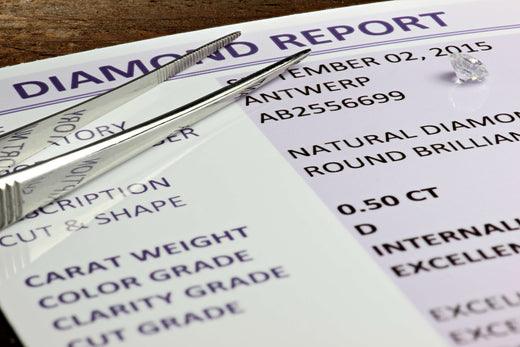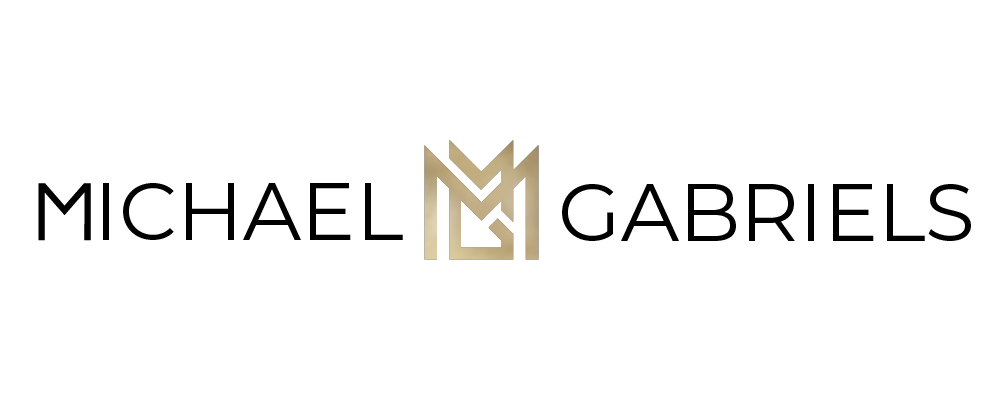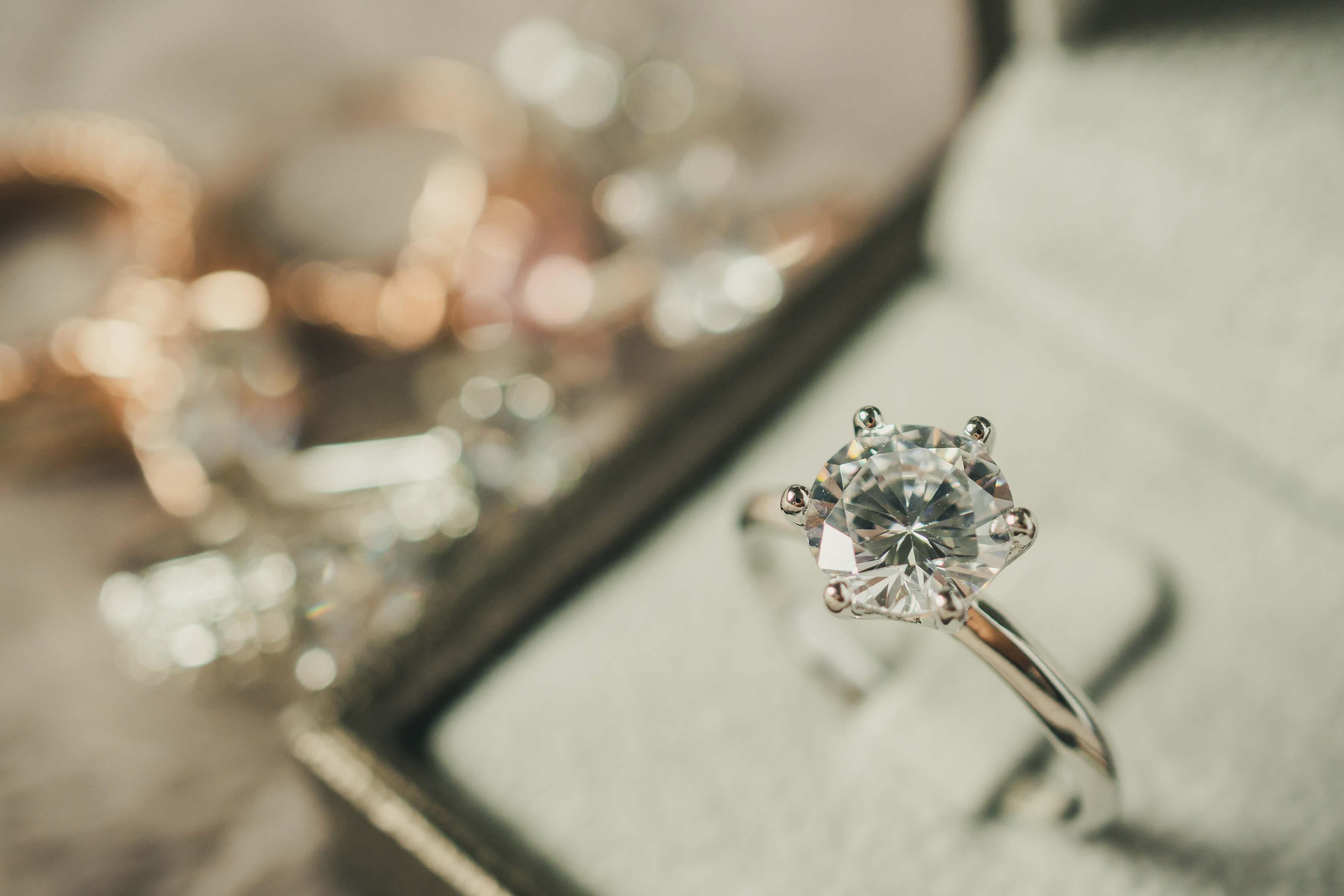
Diamond Grading Reports for Lab Diamonds
Imagine this scenario: You are walking along a street- maybe on vacation, or maybe going to work or from the gym back home. As you walk, suddenly it screams at you; “it” being that perfect piece of jewelry. Maybe it's a diamond pendant that’s simply you, or maybe it's the engagement ring your fiance will swoon over. And it’s just under what you expected to pay. Perfect!
But… there’s a catch. It doesn’t come with a diamond certificate. What do you do? Do you buy it?
Well, we at Michael Gabriels would like to kindly, gently dissuade you from what could be a disastrous mistake.
As a rule for the everyday consumer when purchasing diamonds: DO NOT BUY UNCERTIFIED DIAMONDS.
Those would be: diamonds that do not have a certification report from an accredited gemological laboratory.
What is a Diamond Certification Report?
A diamond certification report, also known as a diamond report or a diamond grading report, is an evaluation of the diamond’s characteristics and quality.
Basically it's a report card for how nice it is, and is useful as a way to estimate the overal diamond value.
In it, you will receive information on how the diamond exhibits the 4 Cs; carat weight, clarity, the color and cut grade.
In addition to that, reports contain the identification number of the diamond, if one has been inscribed (all Michael Gabriels diamonds have ID numbers on them.)
You may also get specifics on the diamonds proportions, origin, even fluorescence, if any occurs.
Where do you get diamond grading reports
There are gemological laboratories all over the world that specialize in grading diamonds. Almost all of them will grade natural diamonds, and most will grade color diamonds. Now many also grade diamonds that are man made.
At Michael Gabriels our diamonds 1 carat or larger come already certified by IGI (International Gemological Institute) and GIA (Gemological Institute of America), both excellent laboratories. Each one produces detailed reports on the diamonds that they evaluate. In addition they have essentially equivalent grading systems, which makes comparing diamonds easier.
That means that when you get your diamond through Michael Gabriels you do not have to pay for the diamond to be evaluated or to wait for the report to come back.
You simply choose your stone and we give it to you with its report.
Why do you need a diamond report?
Since the grading report is important for determinting the diamond's authenticity, and can be very influential in determining the diamond's value, it is impertitive that the grading report come from a reputable lab.
With a gemological certification, you can be assured that your gem is, in fact, a diamond. With a report from IGI or GIA, through Michael Gabriels, you can also be assured of its legitimacy; that it is legally on the market, and that no forced labor or child labor went into its production.
Moreover, a gemological report from an accredited laboratory will give you a plethora of information about your diamond.
You will learn the diamond’s grades in the 4 Cs; cut grade, carat weight, clarity grade and the diamond's color.
Many reports will also give you information on a diamond's proportions, origin, and even fluorescence, if any exists.
Do IGI and GIA grade lab-grown diamonds?
Both IGI and GIA evaluate and certify lab-grown diamonds, also known as lab-created or man-made diamonds. In GIA reports they are also sometimes referred to as synthetic diamonds.
Why use IGI and GIA for diamond reports?
In the famous Rapaport Study, “Grading the Graders,” where ten diamonds were sent to six different gemological labs for evaluation, GIA and IGI were found to be the two most stringent graders of diamonds, as well as nearly equivalent to each other in all aspects of grading.
They are the top gemological institutes in the world, and have each contributed more to setting global standards than any others. GIA established the global standard for the 4 Cs, while IGI pioneered detailed reporting for lab-grown diamonds, and is the diamond industry leader in lab-created diamond grading.
What are the differences between IGI and GIA Certifications?
When you acquire your lab-grown diamond through Michael Gabriels you will receive a report from either GIA or IGI.
The main difference between the two reports is that IGI issues a physical report for lab-created diamonds while GIA only produces a digital report for lab diamonds, while it produces a physical report for natural stones.
At Michael Gabriels we will give you a print out copy of the GIA report if that is where the diamond was certified, as well as the link to the digital copy from GIA itself.
IGI Certification
The IGI diamond report for lab-grown diamonds analyzes the diamond in question for:
- Gemstone Description and Origin
- Shape and Cutting Style
- Measurements
- 4Cs assessment
It also includes information such as:
- Graphic representation of diamond proportions
- A plotted diagram of clarity characteristics
- ID # of the diamond, inscribed on the diamond's girdle
- Florescence
- Polish
- Symmetry
- The report number for authentication
GIA Diamond Certification
The GIA LGDR, Lab Grown Diamond Report, has little variance with the IGI report. Perhaps the greatest difference is simply that GIA only produces a digital report for lab-grown diamonds. As of 2020, the GIA diamond grading report includes:
- 4Cs analysis according to the standard scales and ranges for diamonds.
- Clarity specifications including a plotted diagram of any inclusions.
- Gemstone origin
- Shape and cutting style
- Measurements, proportions and symmetry
- Polish
- Florescence
- The ID # on the girdle
- The report number for authentication
In addition, there is a QR code for the report, and a link to a GIA page with educational information related to the diamond.
What is the best certification option for man-made diamonds?
For you as the ultimate consumer, both IGI and GIA are equally valuable certifications. While there are a few differences between IGI and GIA in terms of getting reports for diamonds, those are covered by us here at Michael Gabriels so that you don’t have to worry about them.
Lab Grown Diamonds at Michael Gabriels
At Michael Gabriels we have been selling and promoting lab-grown diamonds since they became available on the market. We prefer them for their more ethical and often more sustainable nature, especially that they are conflict free, child labor free, and forced-labor free.
As a responsible business, we feel compelled to do what we can to prevent damage and exploitation of the earth and its inhabitants wherever we can. We believe a healed world sparkles like the diamonds we sell.
If you have any questions on diamond reports, our diamonds, our jewelry collection or anything else (though we know comparatively little about sky-diving we can still make some recommendations,) we will be happy to assist you.
Please do not hesitate to contact us. The best ways are online or on Instagram.



